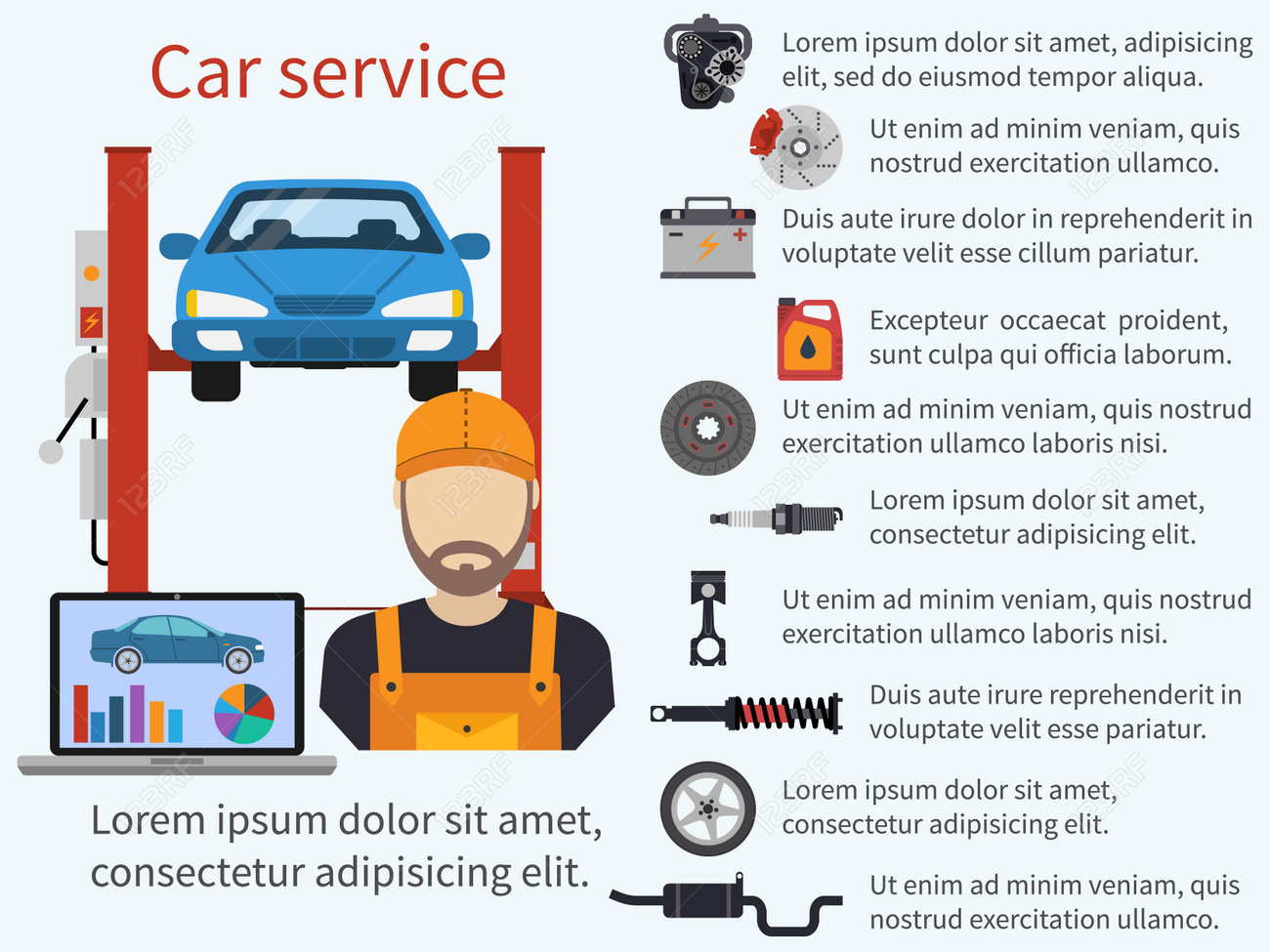Realizing The Significance Of Your Auto'S Warning Signals: What They Actually Represent
Realizing The Significance Of Your Auto'S Warning Signals: What They Actually Represent
Blog Article
Authored By-Vinson Torres
When you're behind the wheel, those radiant caution lights on your dashboard can be a bit difficult. Do you know what they're trying to tell you regarding your vehicle's wellness? Recognizing the importance of these lights is vital for your security and the durability of your car. So, the next time one of those lights appears, wouldn't you want to analyze its message properly and take the needed steps to address it?
Common Warning Lights and Interpretations
Determine usual caution lights in your vehicle and understand their definitions to guarantee safe driving.
One of the most typical caution lights include the check engine light, which signals problems with the engine or emissions system. If this light comes on, it's crucial to have your vehicle inspected promptly.
The oil stress cautioning light shows low oil pressure, requiring instant focus to stop engine damage.
A flashing battery light might recommend a defective billing system, potentially leaving you stranded otherwise attended to.
danddcarwashnz (TPMS) light notifies you to low tire pressure, influencing automobile stability and fuel performance. Ignoring this could lead to harmful driving conditions.
The ABS light indicates a problem with the anti-lock stopping system, endangering your capability to quit quickly in emergency situations.
Lastly, the coolant temperature alerting light warns of engine getting too hot, which can cause serious damages if not settled promptly.
Understanding bestcarvaletauckland will aid you deal with problems quickly and preserve secure driving problems.
Value of Prompt Attention
Understanding the usual caution lights in your auto is only the first step; the relevance of quickly resolving these warnings can not be highlighted sufficient to ensure your security when driving.
When a warning light illuminates on your dashboard, it's your cars and truck's way of interacting a potential problem that requires interest. Neglecting these cautions can result in a lot more severe troubles in the future, jeopardizing your safety and security and possibly costing you more out of commission.
Motivate focus to advising lights can avoid breakdowns and mishaps. For instance, a flashing check engine light can suggest a misfire that, if left neglected, could create damage to the catalytic converter. Addressing this without delay can conserve you from a costly repair work.
Likewise, a brake system cautioning light may signify reduced brake fluid or used brake pads, vital components for your safety when driving.
Do It Yourself Troubleshooting Tips
If you observe a warning light on your control panel, there are a few DIY fixing pointers you can attempt before looking for specialist aid.
The primary step is to consult your auto's handbook to recognize what the particular caution light indicates. In some cases the problem can be as simple as a loosened gas cap activating the check engine light. Tightening the gas cap may solve the problem.
https://quickoilchangenearme28394.blog-gold.com/38729127/brace-on-your-own-for-an-in-depth-examination-of-the-leading-automobile-service-center-that-assure-to-improve-your-vehicle-upkeep-methods is a reduced battery, which can cause various warning lights. Checking the battery links for rust and guaranteeing they're protected might fix the issue.
If a warning light persists, you can try resetting it by separating the automobile's battery for a couple of minutes and after that reconnecting it. In addition, examining your automobile's fluid levels, such as oil, coolant, and brake liquid, can assist fix alerting lights connected to these systems.
Verdict
Finally, comprehending your automobile's warning lights is crucial for keeping your vehicle running smoothly and safely. By quickly dealing with these signals and recognizing what they suggest, you can stay clear of pricey fixings and prospective break downs.
Keep in mind to consult your vehicle's manual for specific details on each warning light and do something about it appropriately to make certain a trouble-free driving experience.
Remain notified, remain risk-free when traveling!
